Sign up for workout ideas, training advice, reviews of the latest gear and more.

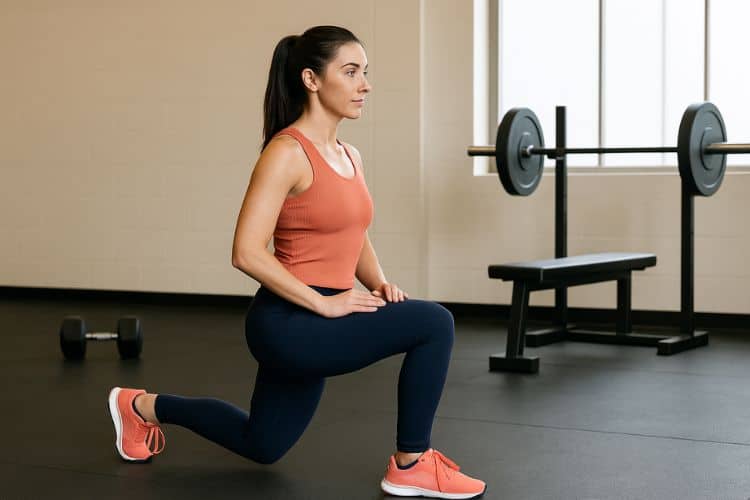
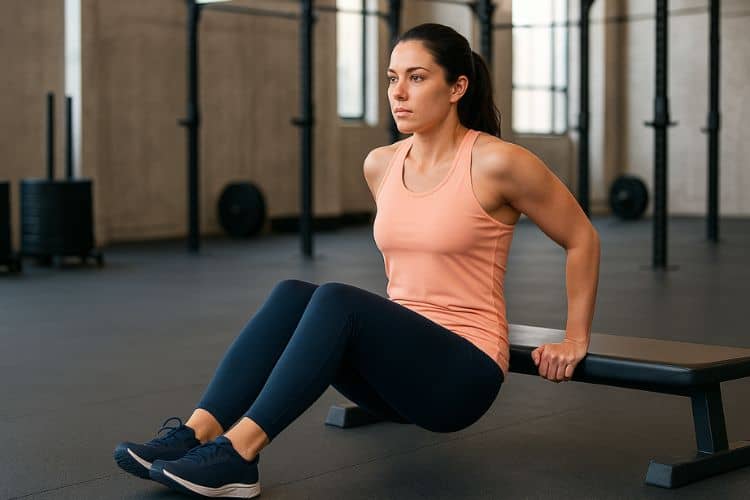
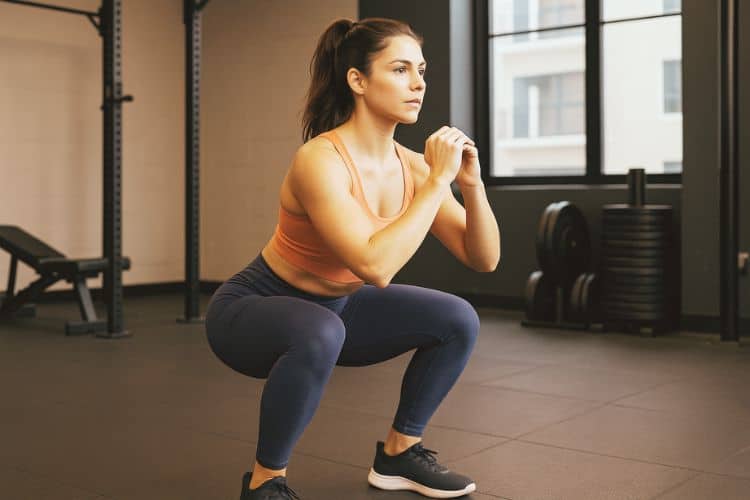
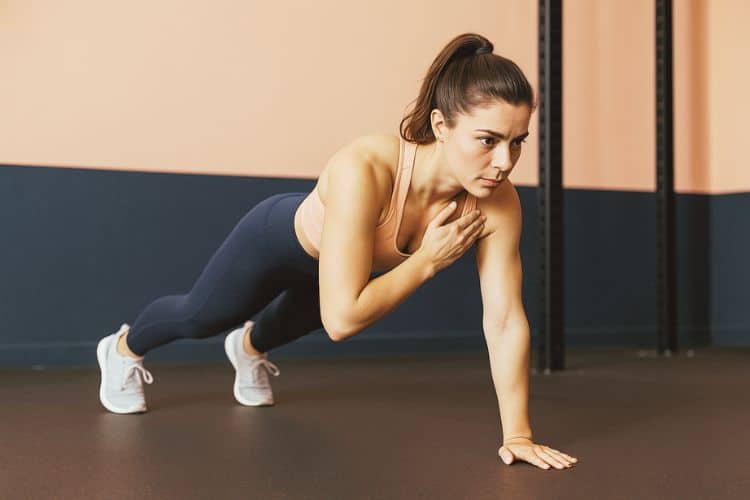
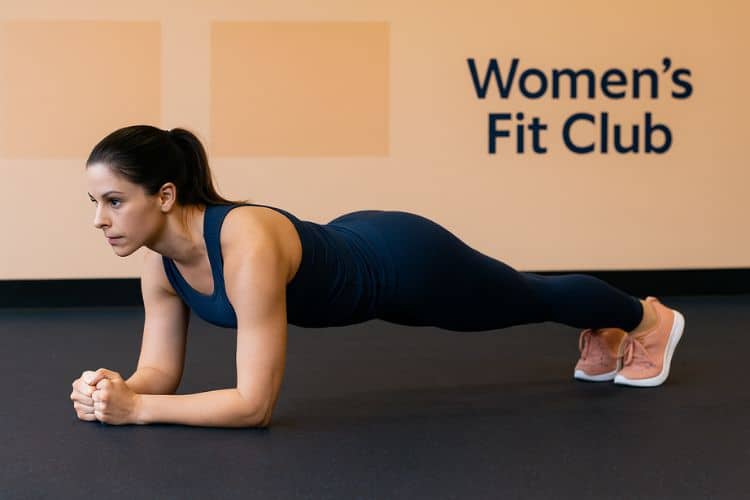
If you’re new to fitness or returning after a break, isometric calisthenics can be a perfect way to build foundational strength, stability, and body control — without needing any equipment. Unlike dynamic exercises that involve movement, isometric calisthenics workouts focus on holding a position under tension, allowing your muscles to work hard without joint stress.
For beginners, this approach not only helps develop mind-muscle connection but also improves posture, balance, and endurance. Whether your goal is toning, building strength, or easing into a consistent routine, isometric calisthenics can deliver impressive results right at home.
Isometric calisthenics are static exercises that involve contracting your muscles without changing their length or moving your joints. Common examples include planks, wall sits, glute bridges, and isometric push-ups.
During these exercises, your body remains still, but your muscles engage intensely to resist gravity or hold a specific position. This static tension increases muscular endurance, improves core strength, and enhances stability — all key for beginners learning proper body mechanics.
Isometric exercises engage multiple muscle groups simultaneously, helping beginners strengthen their entire body safely. Holding a position increases muscular endurance and activates deep stabilizers — especially in the core, glutes, and shoulders.
Since the exercises are static, there’s minimal joint movement, making them ideal for people with joint pain or limited mobility. Isometric holds train your ligaments and tendons to support your body effectively during dynamic movements later on.
When holding a pose, you become more aware of muscle engagement. This mind-muscle connection is essential for beginners to develop proper form and body awareness before progressing to more advanced calisthenics.
By holding each position for longer durations, your muscles adapt to resist fatigue. This endurance translates to better performance in other workouts like HIIT, yoga, or weight training.
You can perform isometric calisthenics anywhere — no weights or machines needed. They’re perfect for at-home workouts, travel routines, or even quick sessions during work breaks.
Before diving into the plan, here are some important tips to ensure safe and effective progress:
This plan focuses on full-body strength, emphasizing stability and endurance. Perform this routine 3 times per week, with at least one rest day between sessions.
Each workout includes a warm-up, main isometric circuit, and cool-down section.
Before performing static holds, wake up your muscles with light dynamic movements:
This warm-up increases mobility and prepares your joints for static tension.
Perform each hold for 20–40 seconds (depending on your fitness level). Complete all exercises in sequence for one round, rest for 1 minute, and repeat for 2–3 rounds.
Target: Quads, glutes, hamstrings, core
Tip: Avoid letting your knees go past your toes.
Target: Core, shoulders, back
Variation: For beginners, drop to your knees while maintaining a straight line from shoulders to knees.
Target: Glutes, hamstrings, lower back
Tip: Avoid arching your lower back — keep your abs engaged.
Target: Chest, triceps, shoulders, core
Modification: Do the hold from your knees if needed.
Target: Lower back, glutes, shoulders
Target: Quads, glutes, calves, core
Target: Shoulders, arms, core
Optional: Use light resistance bands or water bottles for added challenge.
Target: Obliques, shoulders, glutes
Modification: Drop your lower knee to the floor for easier balance.
After finishing your isometric circuit, take time to stretch and release tension.
Stretching improves flexibility and prevents muscle soreness.
| Day | Focus | Duration |
|---|---|---|
| Monday | Full-Body Isometric Circuit | 25–30 minutes |
| Tuesday | Active Recovery (Yoga or Walk) | — |
| Wednesday | Full-Body Isometric Circuit | 25–30 minutes |
| Thursday | Rest or Light Stretching | — |
| Friday | Full-Body Isometric Circuit | 25–30 minutes |
| Saturday | Optional Core Focus (Planks, Bridges) | 15 minutes |
| Sunday | Rest | — |
This schedule provides three structured strength days and optional recovery work to build consistency safely.
Once you get comfortable with basic holds, gradually increase the intensity using these methods:
Start with 15–20 seconds and build up to 60 seconds per hold over a few weeks.
After holding, add a few dynamic reps (e.g., wall sit → squats, plank hold → shoulder taps) to combine static and movement-based strength.
Use resistance bands, light dumbbells, or weighted vests once you master the basics.
Progress to single-leg glute bridges, one-arm planks, or split squats to challenge your balance and coordination.
Unlike complex gym workouts, isometric calisthenics provide an accessible way to build a strong foundation, improve mobility, and develop discipline. They require minimal space, making them perfect for home workouts or travel.
Over time, this approach helps beginners transition smoothly into dynamic strength training, functional fitness, or even advanced calisthenics moves like push-ups, pull-ups, and handstands.
| Week | Focus | Hold Duration | Rounds | Notes |
|---|---|---|---|---|
| Week 1 | Learn Proper Form | 15–20 sec | 2 | Focus on technique |
| Week 2 | Build Endurance | 25–30 sec | 2–3 | Add wall sit & plank |
| Week 3 | Strength & Core | 30–40 sec | 3 | Include lunge & side plank |
| Week 4 | Stability Challenge | 40–60 sec | 3–4 | Try single-leg holds |
By the end of week 4, you’ll notice stronger muscles, improved posture, and greater overall control.
Eat balanced meals rich in lean proteins, whole grains, and healthy fats to support muscle recovery. Hydrate well before and after workouts.
Aim for 7–9 hours of quality sleep — your body repairs and grows stronger during rest.
Even on rest days, gentle movement like yoga, walking, or foam rolling keeps your muscles supple and prevents stiffness.
The isometric calisthenics workout plan for beginners proves that fitness doesn’t always require movement — sometimes, strength comes from stillness. By mastering static holds, you’ll enhance your body’s endurance, stability, and awareness.
In just a few weeks, you’ll notice improved strength, posture, and confidence, setting the stage for more advanced calisthenics or resistance training.
Remember: Consistency beats intensity. Stay patient, progress gradually, and celebrate every hold you conquer — because every second counts.
Stay up to date on the latest women’s health, fitness and lifestyle trends and tips.